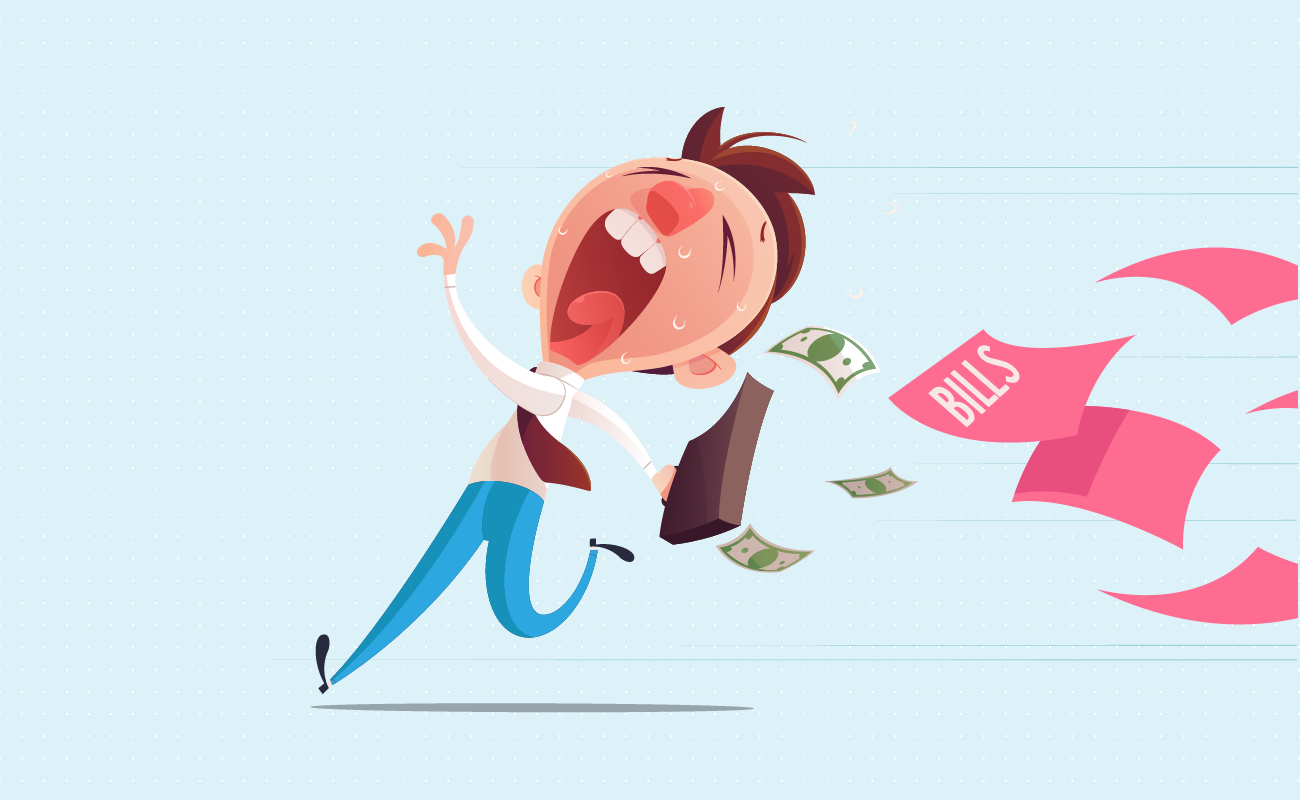Auto Loans
Affordability
Loan Payment Options
Biweekly Payments
Compare Rate & Term
Rebate vs Low Interest
Home Equity Loans
Lease or Buy
 Auto Loan Rate Comparison Calculator
Auto Loan Rate Comparison CalculatorThese calculators allow you to compare the monthly payment amounts and total interest costs for various auto loan scenarios. The first basic calculator presumes the same loan amount and interest rate across all loan terms while providing monthly pyament amounts for 1, 2, 3, 4, 5, 6, 7, and 8-year auto loans. The second calculator allows you to set different loan amounts, interest rates and loan durations for each loan.
This calculator that will help you to compare monthly payments and interest costs of auto loans using up to five different term and rate combinations simultaneously. First enter the amount you would like to borrow, then enter the loan term in months and APR for each loan. When you change any input results will automatically update to reflect your changes.
Guide published by Jose Abuyuan on June, 25 2020

Automobiles are not an efficient wealth-building asset. They depreciate in value—rather rapidly, in fact. The moment you drive it off the showroom, a new car loses up to 20 percent of its value. It keeps depreciating at an average rate of 15 to 25 percent per year. This escalates the more mileage you put into it. The more you use your car, the less it’s worth.
On the other hand, automobiles are useful. Thus, it’s often considered a worthwhile “investment” in a different sense. A car might be a prudent buy if its benefits far outweigh the costs of maintenance and depreciation. Much like a house, car ownership becomes more sensible the longer you live somewhere. In some cases, having any vehicle is mandatory to get around.
The best way to buy a car is to pay for it in cash. Getting a car loan with good payment terms is the next best thing.
Auto loans have all the earmarks of bad consumer debt. The way cars lose value mean that all your loan payments is money you’re not getting back. And the longer you let the debt sit, the more you need to pay. Yet too often we finance our first vehicles with a loan. Our need for a reliable car supersedes our ability to afford it straight away. Thus, the auto loan is a necessary evil. Minimizing its financial impact is critical to the long-term health of your finances.
Many people take longer-term loans to cut the financial cost of buying a much larger car. Trucks and sports utility vehicles are coming back in vogue. Dealerships sweeten the pot for desperate buyers. For interested motorists, the offers is tempting because they look affordable up-front. But these seemingly lower monthly payments hide the tremendous cost of interest. You would soon end up paying more debt than your car was ever worth.

Be extra careful around zero percent interest offers. While they have the potential to save you thousands, they aren’t available for everyone. Most of these promos are only available to people with good credit scores. Moreover, the models offered through these deals are often expensive or underselling. Do your research before buying; zero interest is a hollow recompense for a lemon. You may also get a better deal if you pay in cash.
In recent years, there has been a spike in subprime auto loans. This came to head in the first quarter of 2020, before the lockdowns due to coronavirus. American motorists agreed to an average of $569 a month on auto loan payments. And the monthly payments weren’t the only ones hitting an all-time high. The average amount borrowed by motorists was a record $33,739 for new vehicles and $20,723 for pre-owned ones. And last year, many consumers were 90 days behind on their loan payments. Late auto loan payments reached a new high of seven million.
Just when you thought people have learned their lesson from the last time. This is the dark shadow cast by the seeming optimism of growing auto sales in the past few years.
Growing auto debt represents a potential economic powder keg that could affect millions. Observers such as Michael Molnar expressed concern about the volume of subprime loans being issued. The fallout from the possible growth of debt issues could create a new set of troubles for the American consumer.
Whether and when this bubble would burst is a question for big-picture economists. Your best bet is to stay clear of subprime auto loans altogether. Always get the shortest loan term you can afford. And buy the most affordable car that meets your needs.
There’s plenty of reasons to be wary of subprime auto loans. On the surface, they seem like the best way to afford that new car or truck you always wanted. You also don’t need as many intrusive checks into your credit score. Despite this, subprime lending is a risky gamble for everyone, including the borrower.
And so we don’t forget. The Subprime Mortgage Crisis of the late 2000s was tied to houses. They were used for assets that, in normal circumstances, would’ve grown in value. These mortgages became a problem because people couldn’t pay for them. And when they tried to liquidate their homes, it created a glut in the market. Automobiles, which depreciate, will make the situation so much worse.

One of the unshakeable facts of loans is that it’s stacked against people with bad credit. You can’t quite fault people for being tempted with subprime loans. They often don’t have as many options to buy a vehicle otherwise. Besides, they may also depend on vehicles to work or run their businesses.
If your credit score is poor to non-existent, then your chances of snagging a reasonable rate are slim. This is due to the way that lenders hedge against the risks of defaulting. To make up for the uncertainty, lenders charge higher interest rates on subprime loans. Often, these are in the double digits. A rate as high as 29 percent is not unheard of.
The most insidious deceptions of subprime lending is that they make borrowing easy. These loans are processed much faster than regular car loans. With the absence of any other options, it seems like a deal you must take if you need a car that bad.
This is worsened by the absence of adequate legal protections. Because of devaluation, even the repossession of your vehicle won’t pay off all your bills. You’ll end up paying for something you don’t even have anymore. You might be forced to try to reacquire your car even at a net loss to yourself. Many unfortunate motorists would be trapped in a cycle:
Moreover, many subprime lenders have practices that are outright predatory. All in all, motorists with bad credit get an abysmal deal.
In-house financing options are a dime a dozen among vehicle dealerships. And given their, ahem, reputation, you should be wary of these options. For buyers with poor credit, these in-house financing options are the only way to buy a car without paying in cash. On the surface, they might seem like an excellent alternative to bank or credit-union based financing.
Often, dealers that specialize in in-house financing (“buy here, pay here,” or BHPH) are less stringent in their requirements. Sometimes, all they need is a copy of your income statement and a certificate of residence in your area. Their seeming convenience belies higher annual percentage rates than conventional loans. People who finance their cars through BHPH options often pay up to 25 percent more on their vehicles. And that’s not getting into the hidden fees they add to the loan charge.
Their payments are also more frequent than those of subprime loans from other lenders. You could end up paying weekly. Their payment stipulations also mean that you must pay on time, all the time to avoid repossession. Often, the “pay here” part is rather literal. All your payments to the dealership must be done on site.
Another challenge of BHPH is that they do not always send your payment records to credit bureaus. Dealers that offer BHPH options are not required to do so by law. Even if your payments are done on time, it won’t reflect on your credit scores until the loan is settled. Thus, you cannot use a car you bought through BHPH financing to bolster your credit score.
A BHPH dealership is often the only place where you can trade in a very old car. This leads to the biggest disadvantage over other dealerships. You don’t have much in the way of choice or quality guarantees.
These dealerships provide a range of vehicles according to your ability to pay. The selection of vehicles offered would often be older cars, about three to four years old on average. They often have excess mileage behind them. Moreover, they don’t always have the same level of reliability as new or younger used cars. Thus, you might face pricey repairs even as you struggle with auto payments.

One other thing you need to beware is negative equity. This is where you owe more money than your asset is worth. It’s an inevitable situation for cars bought on long-term loans. Over time, you’ll end up paying a significant amount more than the actual value of your vehicle. This goes double (sometimes literally) if you bought a used car. These borrowers have debt that matches the value of a new vehicle when they buy a used one. In the end, all you’re getting is ripped off.
Approach trade-in deals with a level of skepticism. Although a trade-in can help you cover the cost of a new car as part or all your downpayment, it comes with a catch. Often, dealers would claim to cover the cost of your old auto loan on a trade in, which seems like an excellent deal. But don’t take these claims at face value. What they do is use the value of the car to pay off the debts. This becomes problematic when you factor in negative equity.
You must pay off the balances of negative equity before you trade in your car. If the dealer promises to cover the cost, it should not be reflected in the cost of financing your new car. The Federal Trade Commission, warns that many dealers add the cost of negative equity to your car’s price. In other cases, they may deduct this cost from your downpayment.
Think carefully before proceeding with any trade in offer. Read the fine print to know what happens to any negative equity. If you can remove the negative equity from the equation before trading in, consider doing so.
As we’ve mentioned before, the best option for buying a car is to pay for it with cash. A slightly used pre-owned vehicle is the best option in terms of value. They depreciate much less than new cars while being just as reliable (more so, if it’s a late model). This goes double if the car you buy has seen better days. Even a reliable junker is not worth buying on a loan. If you can afford to wait, you can save up for it.
The alternative is to buy a more sensible car. It’s not always the most appealing option, but it’s often the best one. We at Pigly won’t judge you for needing a reliable light truck, of course. There’s always a little wiggle room for you to save money and get what you need and want. To help you find the most affordable option that meets your needs, use our cost comparison calculator.
Examine your credit rating. This might be an uncomfortable reality check for your finances, but it’ll be worth the sobering news. If you find that neither your budget nor your credit standing allows it, you cannot afford a car loan. Until then, bite the bullet and look at the alternatives to car ownership in the interim. You’ll be in a better position to afford a new car once your credit rating improves.

Another way to fix your credit score is to dispute mistakes in your credit report. Is the data in your report inaccurate or outdated? Do you believe that your debtors failed to acknowledge your payments? Scrutinize your report and inform your provider of any errors.
If you already have existing debts, pay them off. With each debt you clear, you improve your credit score and free up more of your money for other purposes. Stash some of the old debt money away for your car’s downpayment in the meantime. In addition, paying off your debts increases your cash flow. You might find that your budget allows you to spend on a much higher monthly payment. This way, you can afford a much better car and secure better loan terms for it.
Don’t go into a dealership without first knowing your down payment options. Normally, this will be done in cash. In fact, one of the advantages of cash-based down payments is that it acts as a principal payment. You lower the amount you’d need to borrow by paying a larger down upfront.
Although it’s best to pay for your vehicle’s down with cash, it’s tempting to trade in any existing vehicle you have. Trade-ins might work in your favor when you don’t have any debt attached to your car. Otherwise, be prepared to cover any of the remaining costs.

Regardless of the car you choose, you should analyze your financial situation to see what you can afford. If you can’t afford to pay in cash, see if you can qualify for a good auto loan. The ideal auto loan should take no longer than five years to pay off. Aim for a rate that is in the single digits. Seek out the best offers from banks and credit unions. This way, you can compare the loan options available and receive the best deal.
For people who are averse to debt, credit ratings can be a Morton’s Fork. You need to take on debt to prove you can be trusted with reasonable debt. The millennial refusal to borrow is both blessing and curse. Although not impossible, it can be challenging for someone who has never taken on debt to build good credit. And for people with poor credit, this challenge can be herculean.

Disciplined credit card use is one of the best ways to build good credit. Buy only what can afford to pay off completely by the due date. This way, you won’t need to pay any interest. If you play your card right, you can build an excellent credit score and net a good amount of rewards points after. Learn more about playing the float by reading our guide and using our minimum credit card payment calculator.
When you do get a car loan approved, work toward reducing your debts from the very beginning. Reduce your long-term debt burdens by paying more than the minimum amount. State that your extra payments are toward principal reduction. This will help reduce the lifespan of your debt obligations and reduce the amount of interest you need to pay.
Want to achieve a debt-free lifestyle? Read our article on meeting your debt payoff goals.
Jose Abuyuan is a web content writer, fictionist, and digital artist hailing from Las Piñas City. He is a graduate of Communication and Media Studies at San Beda College Alabang, who took his internship in the weekly news magazine the Philippines Graphic. He has authored works professionally for over a decade.